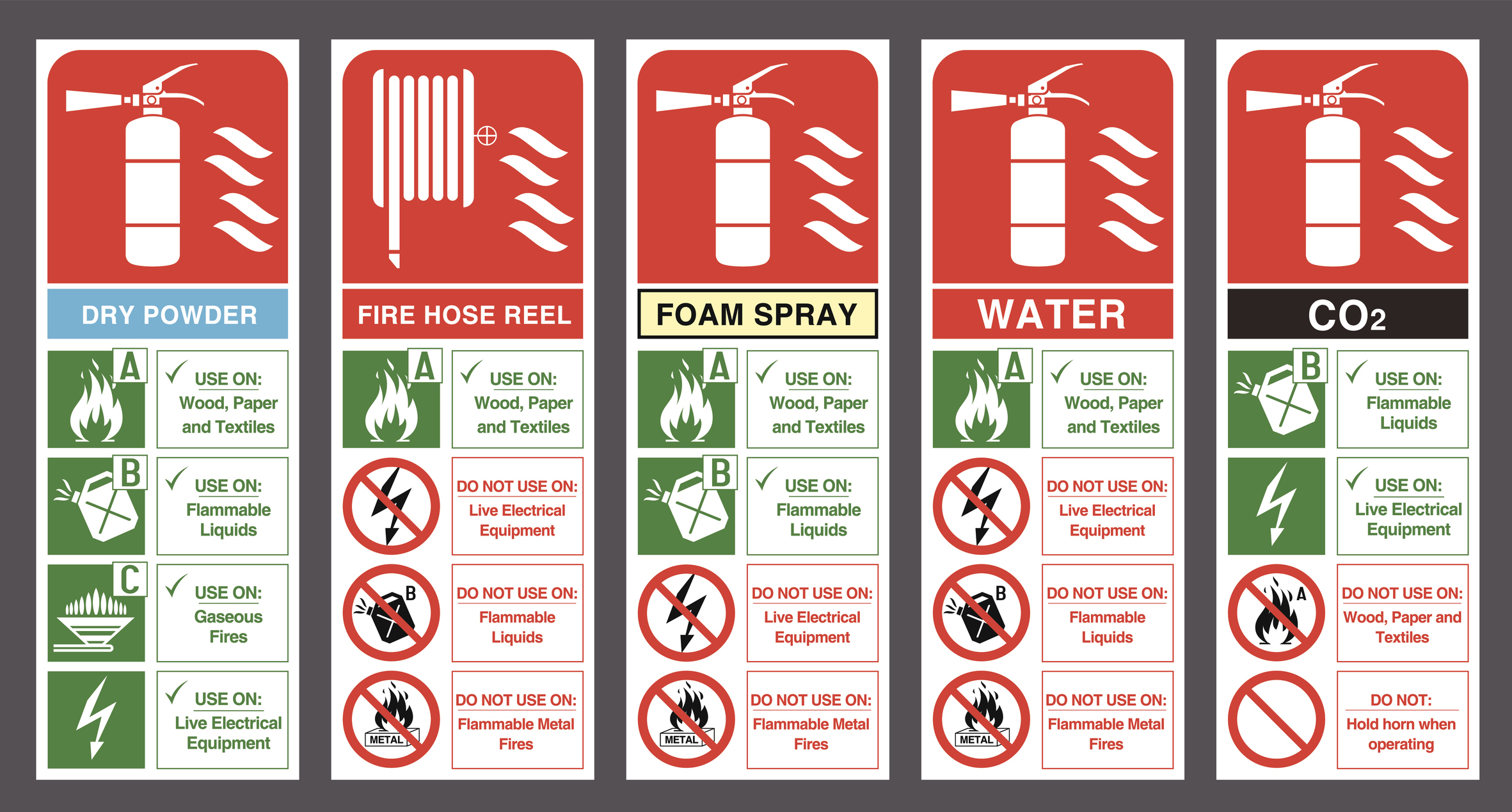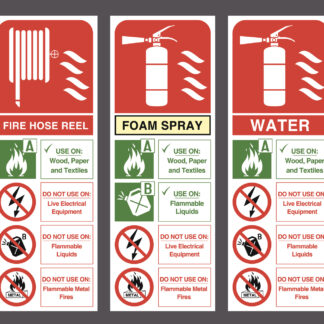Description
Introduction to Fire Signage:
- Purpose and importance of fire signage in fire safety and evacuation.
Types of fire signs:
- Escape route signs: Indicating exits and pathways.
- Fire equipment signs: Highlighting the location of extinguishers, alarms, and hoses.
- Prohibition signs: Indicating restricted activities (e.g., no smoking).
- Warning signs: Highlighting fire hazards.
Legal Requirements and Standards:
- Compliance with The Health and Safety (Safety Signs and Signals) Regulations 1996.
- Understanding British Standards for fire signage (e.g., BS ISO 7010).
- Responsibilities of the responsible person under fire safety legislation.
Placement and Visibility:
- Correct positioning of fire signs for maximum visibility.
- Factors affecting sign placement, such as line of sight, lighting, and obstructions.
Sign Design and Symbols:
Recognizing standard symbols and colors used in fire signage:
- Green for safe conditions (e.g., escape routes).
- Red for fire equipment and danger.
- Blue for mandatory actions.
- Understanding pictograms and arrows for clear navigation.
Inspection and Maintenance of Fire Signs:
- Regularly checking for damaged, missing, or obstructed signs.
- Ensuring signs are updated to reflect changes in building layout or regulations.
Integration with Fire Safety Plans:
- Ensuring fire signage aligns with evacuation plans and drills.
- Communicating the importance of fire signs to staff and occupants.
Practical Application:
- Conducting a building walkthrough to assess fire signage.
- Identifying gaps in signage or non-compliance issues.
This training is crucial for ensuring that fire signage provides clear, compliant, and effective guidance, supporting the safety of building occupants in emergencies.



Reviews
There are no reviews yet.